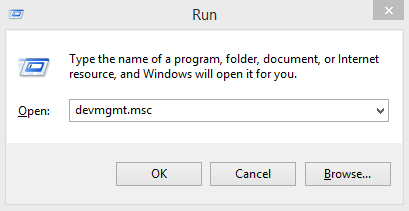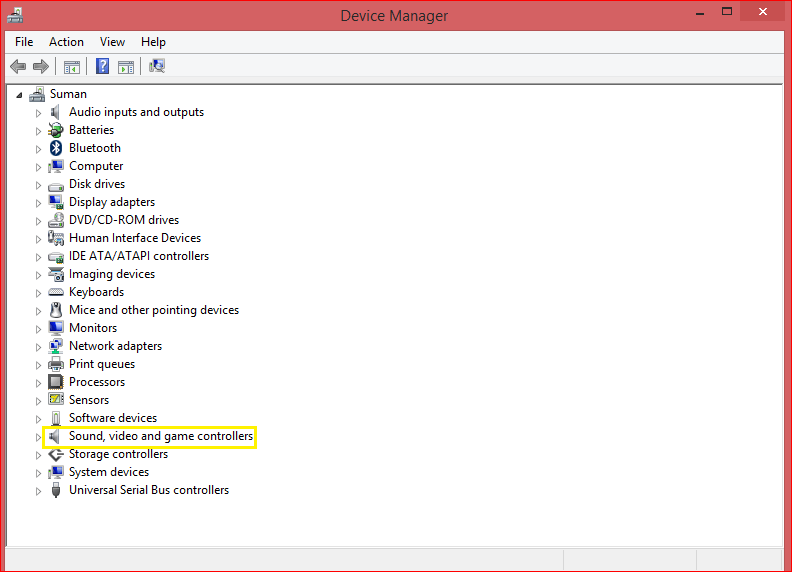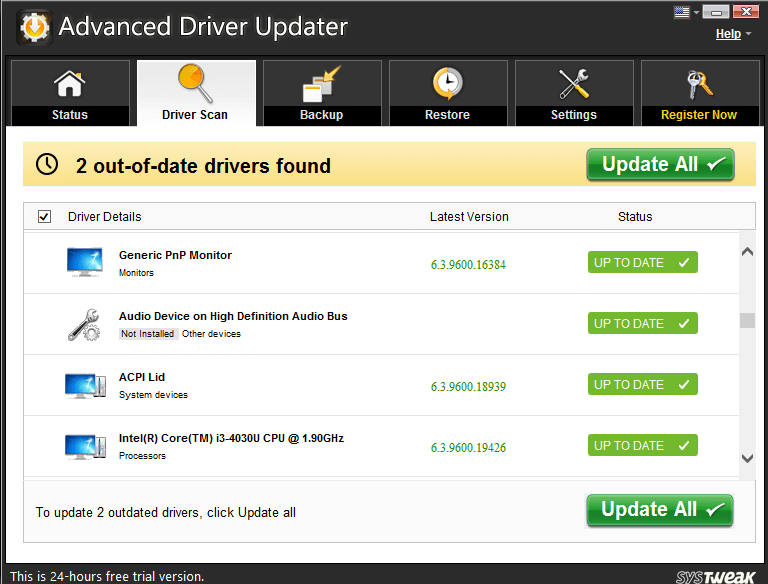Do you see a sign of ‘Red X’ on your system’s taskbar near the sound icon? If yes, your system will not be able to play any sound. This usually happens for two reasons: one you have disabled the audio device on your PC and second, your device does not have the latest and updated device drivers installed.
The system audio only works when it has an efficient audio driver installed. Otherwise, it won’t be able to talk to your device. Whenever you come across the message, ‘No Audio Output Device Is Installed’, do notice the ‘Red X’ sign on the sound icon.
As we already know this Red X sign always has a reason behind. Thus, ensure that your system settings are up to date. If you find them perfect, then check for the audio drivers, they might be corrupted or outdated. Renew and update your system’s driver to resolve this error asap.
This error usually occurs after Windows update and many times it also occurs because of some fault in the audio jack.
We are here with our simple guide to resolve ‘No audio output device is installed’ issue. We hope it will help our readers to solve their problem of an audio driver not working.
Steps To Fix Audio Driver Error
Step 1. Fix Using Drive Manager
Use Windows inbuilt device manager on the first go to resolve error of ‘No audio output device installed’. For this, take a look at the below steps:
- Press ‘Windows+R’ to turn on Run dialog box.

- Type ‘devmgmt.msc’ and open Device Manager.

- Search for ‘Sound, video and game controllers.
- Go to Action tab and click ‘Add legacy hardware’.
- Once wizard pops up, click Next and select ‘Search for and install hardware automatically’, then again click Next.
- Now find ‘Sound Video and Game Controllers’, click Next.
- Select your sound card and click Next again. Install the audio driver and click Finish.
- Come back to Device Manager, right click on your audio device and click Enable.
This will let you know whether the audio error is resolved. You can uninstall the audio driver update, if you still face an error. Perform a quick reboot thereafter. Windows coming back from reboot will automatically load the audio driver.
Step 2. Simply Reboot
A lot of times your device causes errors because of the changes in hardware configurations. If you find your system’s audio driver not performing the way it should, consider rebooting your device.
Refrain your system from attaching or detaching any hardware device or peripherals during the reboot process as it may bring in additional errors to your system.
Always attach or detach devices once your Windows PC is completely loaded. This is not a way that will always work to resolve audio driver issue, but a lot of time simple rebooting can also work. Therefore, give it a try.
Step 3. Replace Sound Card
There is a possibility that you might be dealing with a defective sound card, give it a check and replace the faulty sound card with a new one.
Even a simple wear-and-tear or a power problem can restrict your sound card to work properly, causing ‘no audio device installed’ issue. Replacing the sound card is an easy and inexpensive process.
Step 4. Update Sound Drivers Using Advance Driver Updater
As said already, the error of ‘No audio output device is installed’ occurs when the device drivers are outdated and corrupted. Use a tool- Advanced Driver Updater to fix this issue and update your sound drivers.

The tool will quickly run a scan and will show whether your system has some outdated drivers or not. If there are any, it will show under status tab as ‘Outdated’ as shown in the image above.
You can also update drivers manually, but it is time consuming and daunting task. Therefore, having a tool online or installed on your device makes updating drivers easy for the user. Make sure before you use any tool, to begin with, an update, it is the right and latest version for your audio device update.
Advanced Driver Updater is a tool that is made to ease your work and helps you to manage device drivers on Windows. It quickly scans and fixes all the outdated drivers and audio driver issues within no time. This advanced tool is a must have for all your system’s as keeping outdated drivers can be hazardous in some or the other way.
Having updated system drivers including audio output drivers can help you continue your work with no interruptions. Using Advanced Driver Updater is as easy as switching a system on. You just have to follow the steps below:
- Download Advanced Driver Updater
- To run a Quick Scan, click Start Scan Now button.
- Click on Update All button to update all outdated drivers.

- Once done, restart your system to apply the necessary changes. Now try again to look for an audio driver. It is expected that your issue will be resolved after undergoing these vital steps.
Conclusion
In this article, we have discussed all the possible ways to fix the outdated audio drivers. If you ever find the error saying, ‘No Audio Output Device Installed’, follow the steps stated above. This can happen due to corrupted drivers, thus try installing Advanced Driver Updater to manage and update the drivers in Windows.



 Subscribe Now & Never Miss The Latest Tech Updates!
Subscribe Now & Never Miss The Latest Tech Updates!